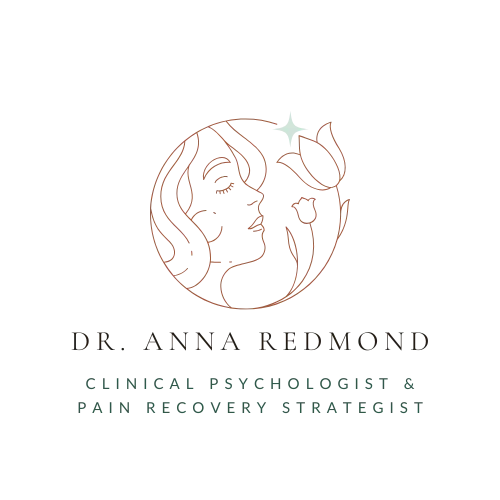Connect with me!
Tell me the number one thing that you want to understand about your pain?

Chronic pain is like… a scratch on the leg.
Pain is affected by our past experiences.
We know that pain is a subjective experience. While it is related to physiological processes, the way that we react to a new episode of pain is shaped and influenced so much by previous experiences.
Like many things with pain, this shaping of our reactions by previous experiences is based on an evolutionary need to survive. If we did not learn from experience, it would be difficult to maintain good health, cope with pain, and move forward in different areas of our lives.
The experience that each of us has with pain and our expression of it is a biopsychosocial phenomenon. Specific to this journal entry, I want to point out that the experience and expression of pain is a product of the sensory experience, the personal background of the person experiencing it, the interpersonal context, and the meaning that it has for the individual.
A really great study that talks about this concluded that “meaning affects the experience a noxious stimulus evokes, and that warning and visual attention moderate the effects of meaning when the meaning is associated with tissue-damage. Different dimensions of the stimulus' context can have differential effects on sensory-discriminative and affective-emotional components of pain” (Moseley & Arntz, 2007).
There’s also a really great video of Lorimer Moseley describing how context impacts a person’s pain experience, using the personal example of a snake bite. I describe a similar scenario below.
Consider this analogy:
Pain is like a scratch on the leg.
Imagine that you are on a hike and feel a scratch on your leg. Would you stop? Probably not. You’d keep going because experience tells you that a scratch from a twig really isn’t a big deal. But what would happen if you discovered that the scratch was actually a poisonous snake bite and very serious? I bet your brain would sound the alarm.
Imagine again that you are on a future hike and feel a small scratch on your leg again. You’d probably freak out, assume it was a snake bite, and experience pain. Even if the second scratch was small, just from a twig, your brain would make sure that you didn’t ignore it this time (Moseley, 2007).
So what does this all tell us?
Pain relies on context.
Another example: The same minor injury to the finger will cause more pain for a professional violinist than a professional dancer. Why? Consider who the injury poses a greater threat to - the violinist’s. Consider how this injury would impact their livelihood and identity (Butler & Moseley, Explain Pain).
How has context impacted your own pain, either from the beginning or throughout your pain journey?
Education provides the power to take the next step in managing your pain. You want to do the things you enjoy (or even basic daily activities) without flaring up your pain. For a limited time, you can grab my free video tutorial to get you started:
3 Simple Steps to a Balanced Day... Without the Flare-Ups.
This free video tutorial is dedicated to helping women with pain begin to find confidence to return to the moments, activities, and people they love the most.
I hope you’re enjoying these analogies. I’d love to hear yours! Send them through instagram or email me at anna@drannaredmond.com.
© 2024 | Anna Redmond, LLC | drannaredmond.com
